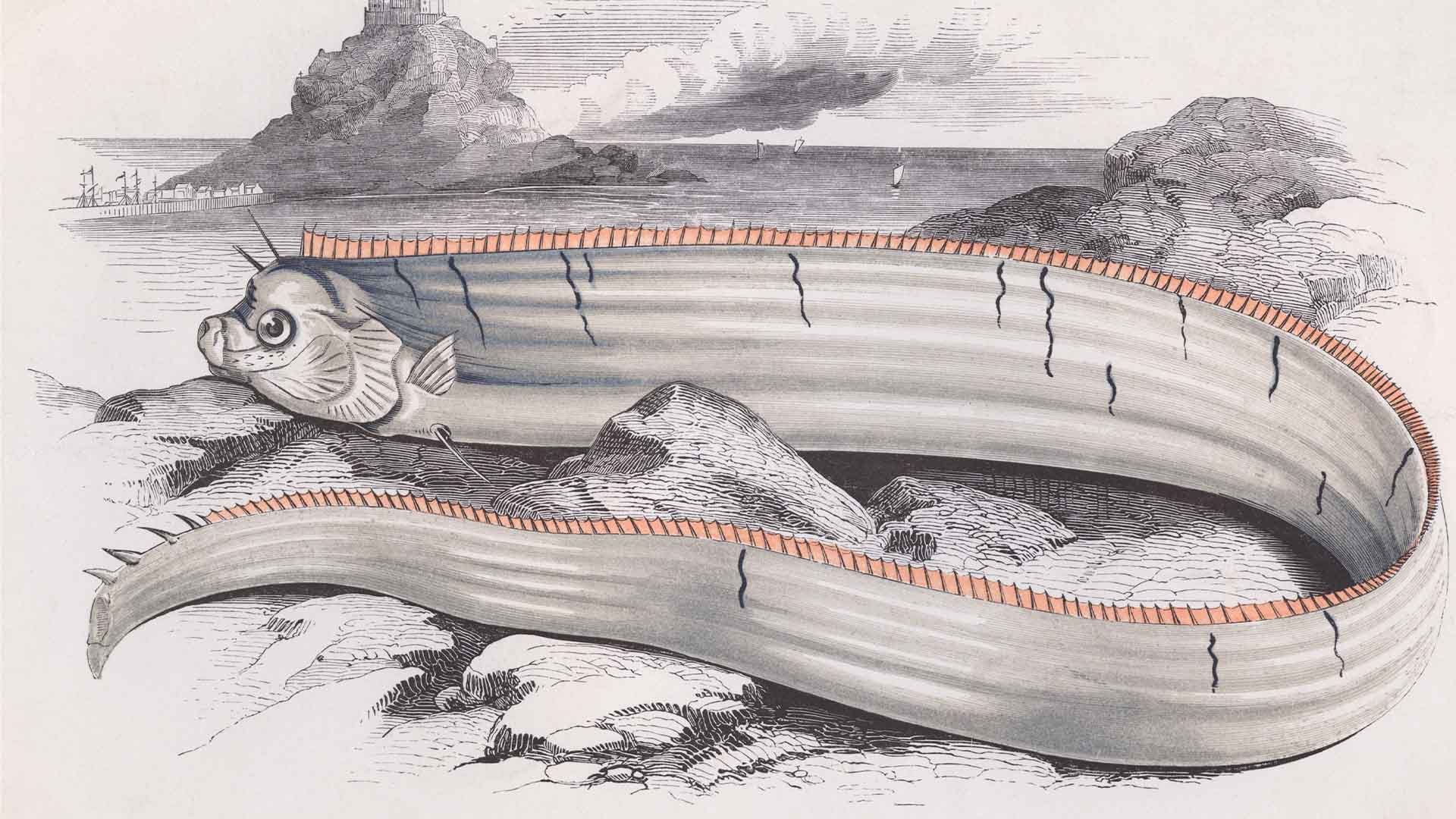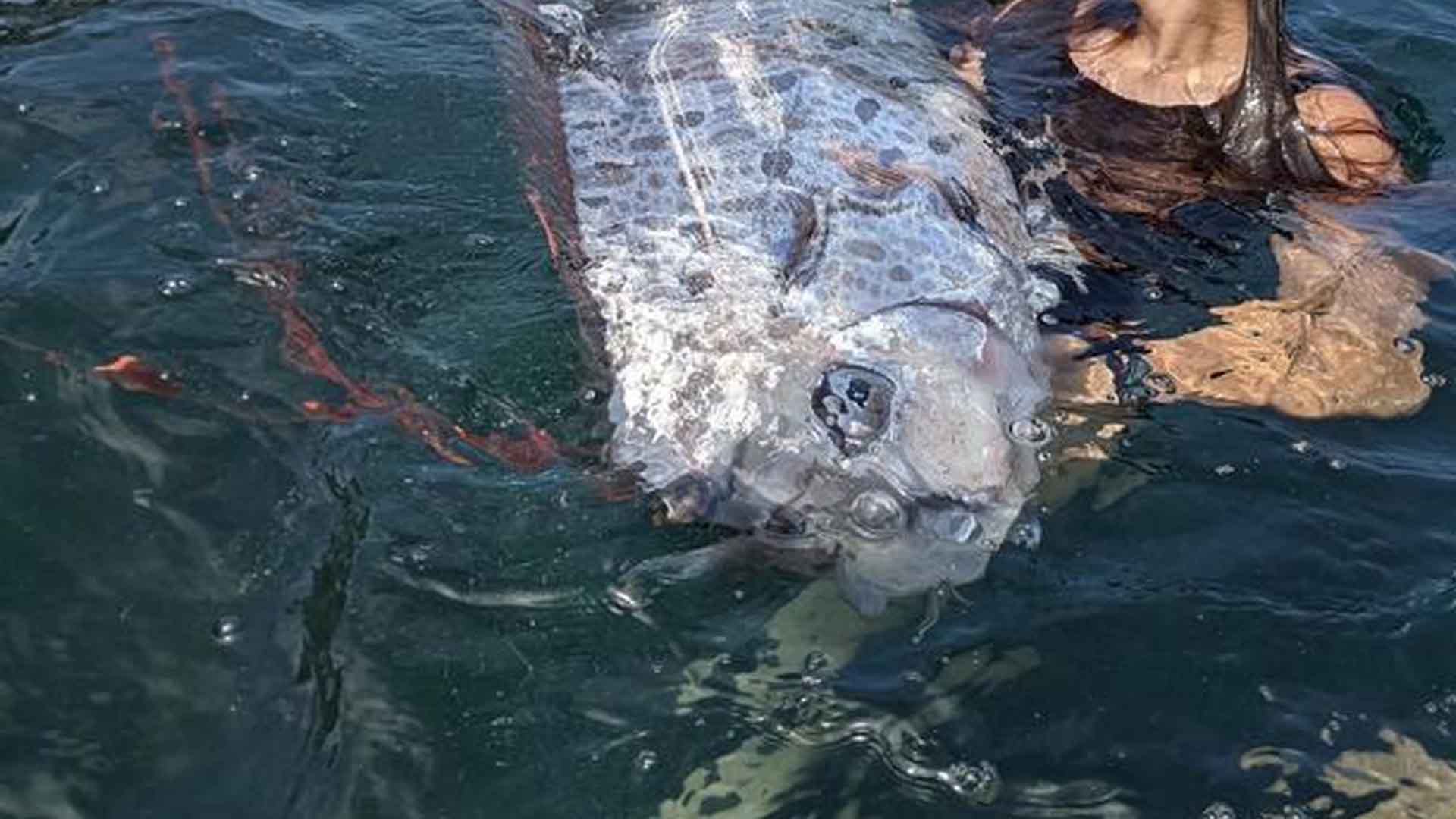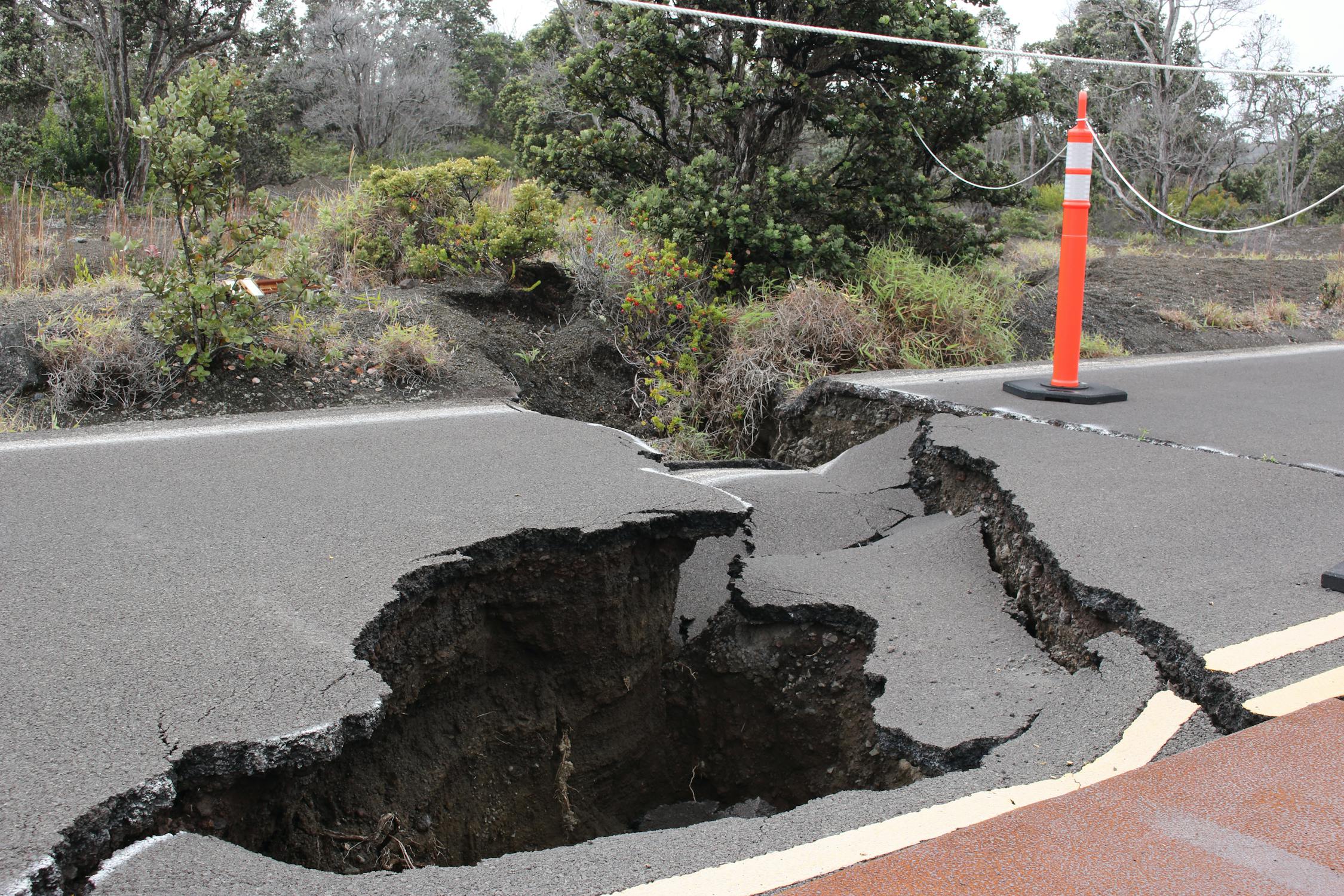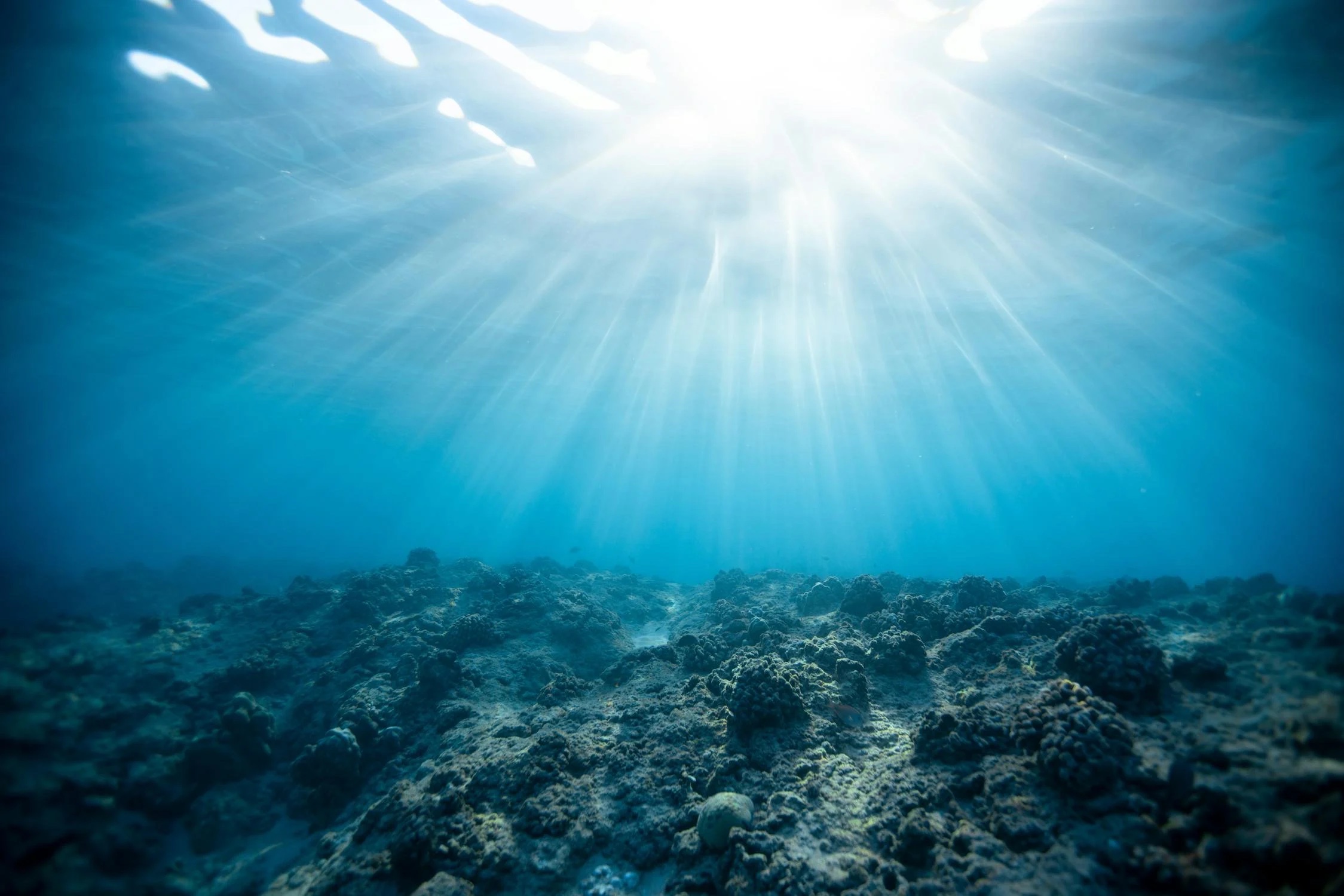Rare ‘Doomsday Fish’ Washes Ashore Near Southern California
Over the weekend, beachgoers in La Jolla, California, were stunned when a rare 12-foot oarfish washed ashore near La Jolla Shores. This deep-sea creature, often called the “Doomsday Fish,” is seldom seen by humans, adding to the mystery surrounding its appearance.
Scientists from Scripps Institution of Oceanography were quickly notified, and the fish was transported for further study.
What is an Oarfish?
The oarfish, known scientifically as Regalecus glesne, is a mysterious deep-sea species that can grow up to 30 feet long. They typically reside in the deep ocean, making sightings extremely rare.

Source: Hulton Archive/Getty Images
These creatures have earned their ominous nickname due to their association with folklore and natural disasters, though no scientific evidence supports these claims.
The Local Heroes
A group of kayakers and snorkelers were out enjoying the waters at La Jolla Cove when they stumbled upon the lifeless oarfish.

Source: Michael Wang, Owyn Snodgrass/CBS News
Using a paddleboard, they worked together to bring the massive fish to shore, where it was then handed over to experts.
The Journey to Scripps
After being brought to shore, the oarfish was transported to the Scripps Institution of Oceanography at UC San Diego. This institution houses one of the world’s largest collections of deep-sea fish, where the oarfish will be added for future research.

Source: Freepik
The next step involves performing a necropsy to uncover any clues about the cause of its death.
The Necropsy: What Scientists Hope to Learn
Scheduled for Friday, the necropsy (or autopsy) will be conducted by scientists from NOAA Southwest Fisheries Science Center and Scripps. They aim to determine the cause of death and gather more data about the oarfish’s biology.

Source: Freepik
These findings could provide valuable insights into the species and potentially unravel the reasons behind their rare appearances near the shore.
Oarfish and Earthquake Myths
In various cultures, oarfish sightings have been linked to impending disasters, particularly earthquakes. This belief was reinforced in 2011 when over 20 oarfish washed ashore in Japan shortly before a devastating 9.1 earthquake.

Source: Wilson Malone/Pexels
However, scientists caution that there’s no scientific evidence connecting these events.
Southern California Shaken by Earthquake
Just days after the oarfish was discovered, Southern California experienced a 4.4 magnitude earthquake near Highland Park, Los Angeles. While the timing has raised eyebrows, experts stress that this is likely a coincidence.

Source: Lala Miklós/Unsplash
Still, such events keep the “Doomsday Fish” legend alive, sparking curiosity and speculation among locals and beyond.
The Role of Scripps Institution
Scripps Institution of Oceanography is renowned for its research on marine life, particularly deep-sea species like the oarfish.

Source: Freepik
With the addition of this latest specimen to their Marine Vertebrate Collection, scientists will have the opportunity to study it closely, contributing to the broader understanding of this elusive species.
Why Do Oarfish Wash Ashore?
The reason why oarfish occasionally wash ashore remains a mystery. Some scientists speculate that it could be related to changes in ocean currents, temperature, or illness.

Source: wirestock/freepik
Each specimen that washes ashore offers a rare chance to study these creatures and their behaviors, though concrete answers remain elusive.
The Myth vs. Reality Debate
The “Doomsday Fish” nickname stems from ancient legends and modern-day coincidences. While these stories capture the imagination, scientists like those at Scripps emphasize the importance of separating myth from reality.

Source: wirestock/Freepik
Their ongoing research aims to debunk these myths and shed light on the true nature of the oarfish.
The Public’s Reaction
The discovery of the oarfish has created a buzz among locals and on social media. Many are fascinated by its rarity and the legends surrounding it.

Source: Freepik
The sighting has also sparked discussions about ocean conservation and the importance of studying deep-sea species, which are often overlooked.
The Oarfish’s Legacy
As scientists continue to study the oarfish, each new discovery adds to our understanding of the ocean’s depths.

Source: Jeremy Bishop/Pexels
Whether it’s a harbinger of doom or just an elusive deep-sea dweller, the oarfish remains a symbol of the mysteries that lie beneath the waves.
